Analysis of Localization Algorithms for ROS-Based Mobile Industrial Robots
DOI: 10.23977/jemm.2025.100204 | Downloads: 15 | Views: 448
Author(s)
Yaping Wu 1
Affiliation(s)
1 Beijing ETZD Technology Co., Ltd., Beijing, China
Corresponding Author
Yaping WuABSTRACT
With the advancement of intelligent manufacturing and flexible automation, mobile industrial robots are increasingly being deployed in scenarios such as material handling, inspection, and collaborative operations. As one of the core technologies for mobile robots, the localization system has a direct impact on the stability and accuracy of path planning and task execution. This paper, built on the Robot Operating System (ROS) platform, systematically reviews and analyzes the implementation mechanisms and applicable scenarios of mainstream localization algorithms, with a focus on the performance characteristics of the Extended Kalman Filter (EKF) and Adaptive Monte Carlo Localization (AMCL) in industrial settings. By constructing an experimental platform that fuses multiple sensors—lidar, IMU, and wheel odometry—a series of tests comparing localization accuracy and robustness are conducted. We evaluate each algorithm's adaptability to complex conditions including dynamic occlusions, uniform environmental textures, and multipath interference. The results indicate that AMCL achieves higher positioning accuracy in static, structured environments, whereas EKF is better suited to dynamic applications suffering from sensor drift and data latency. Finally, we propose an optimization approach that integrates visual SLAM and deep-learning–based feature extraction, offering guidance for designing highly reliable localization systems for future industrial robots.
KEYWORDS
ROS; Industrial Robot; Localization Algorithm; AMCL; EKF; Multi-Sensor Fusion; Lidar; SLAMCITE THIS PAPER
Yaping Wu, Analysis of Localization Algorithms for ROS-Based Mobile Industrial Robots. Journal of Engineering Mechanics and Machinery (2025) Vol. 10: 23-32. DOI: http://dx.doi.org/10.23977/jemm.2025.100204.
REFERENCES
[1] Alajami, Abdussalam A., et al. "A ROS-based distributed multi-robot localization and orientation strategy for heterogeneous robots." Intelligent service robotics 16.2 (2023): 177-193.
[2] Irwansyah, Achmad Syahrul, et al. "ROS-based multi-sensor integrated localization system for cost-effective and accurate indoor navigation system." International Journal of Intelligent Robotics and Applications (2024): 1-19.
[3] Çelik, Orkan Murat, and Murat Köseoğlu. "A modified dijkstra algorithm for ros based autonomous mobile robots." Journal of Advanced Research in Natural and Applied Sciences 9.1 (2023): 205-217.
[4] Pandey, Anish, et al. "Implementation of simultaneous localization and mapping for TurtleBot under the ROS design framework." International Journal on Interactive Design and Manufacturing (IJIDeM) 18.6 (2024): 3799-3812.
[5] Sandanika, Wanni Arachchige Heshani, et al. "Ros-based multi-robot system for efficient indoor exploration using a combined path planning technique." Journal of Robotics and Control (JRC) 5.5 (2024): 1241-1260.
[6] Ahmed Abdulsaheb, Jaafar, and Dheyaa Jasim Kadhim. "Real‐Time SLAM Mobile Robot and Navigation Based on Cloud‐Based Implementation." Journal of Robotics 2023.1 (2023): 9967236.
[7] Gürevin, Bilal, et al. "A Novel Control and Monitoring Interface Design for ROS Based Mobile Robots." Düzce Üniversitesi Bilim ve Teknoloji Dergisi 12.1 (2024): 496-509.
[8] Bonci, Andrea, et al. "Robot operating system 2 (ros2)-based frameworks for increasing robot autonomy: A survey." applied sciences 13.23 (2023): 12796.
[9] Mărieș, Marco, and Mihai Olimpiu Tătar. "Design and Simulation of Mobile Robots Operating Within Networked Architectures Tailored for Emergency Situations." Applied Sciences 15.11 (2025): 6287.
[10] Kobayashi, Masato, and Naoki Motoi. "Bsl: Navigation method considering blind spots based on ros navigation stack and blind spots layer for mobile robot." IEEE Transactions on Industry Applications 60.1 (2023): 1695-1704.
| Downloads: | 11120 |
|---|---|
| Visits: | 422760 |
Sponsors, Associates, and Links
-
Cybernetics and Mechatronics
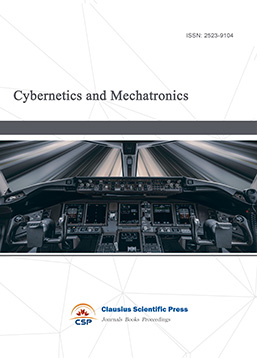
-
Digital Manufacturing and Process Management
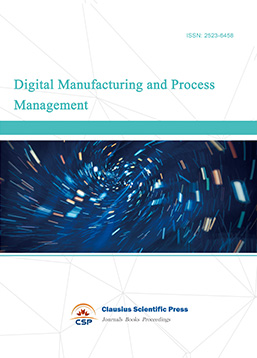
-
Ultra-Precision Machining Process

-
Journal of Robotics and Biomimetics
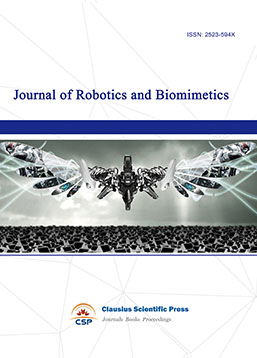
-
Prognostics, Diagnostics and Health Management

-
Micro-Electro-Mechanical Systems
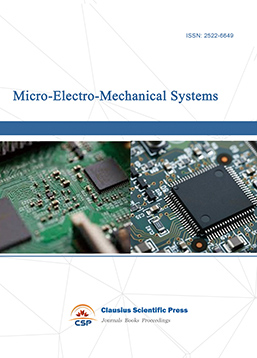
-
Journal of Precision Instrument and Machinery
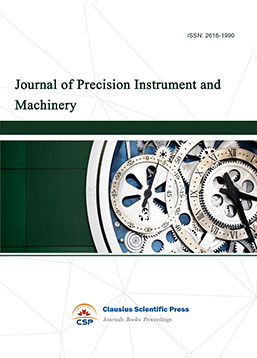
-
Engineering and Solid Mechanics
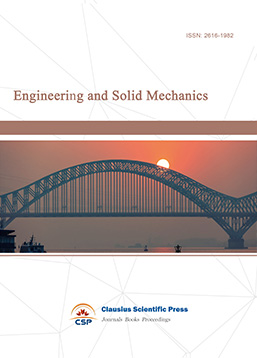
-
Fracture and Damage Mechanics
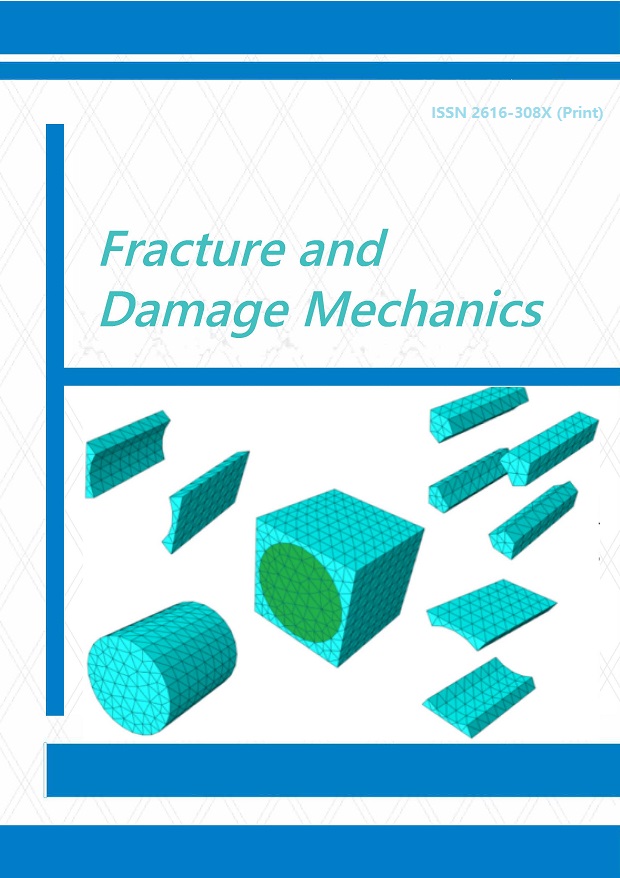
-
Frontiers in Tribology
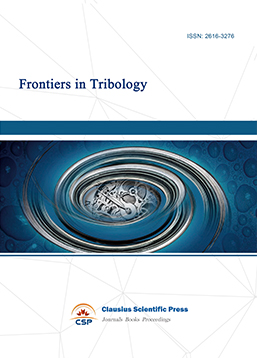
-
Fluid and Power Machinery
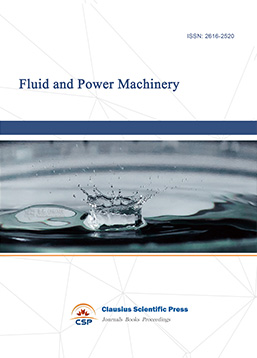
-
Chemical Process Equipment
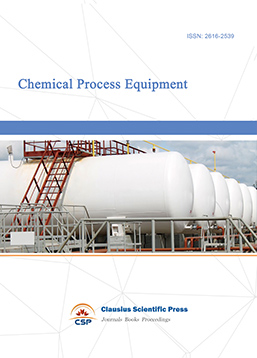
-
Journal of Assembly and Manufacturing
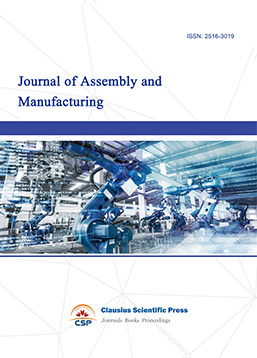
-
Mechanical Vibration and Noise
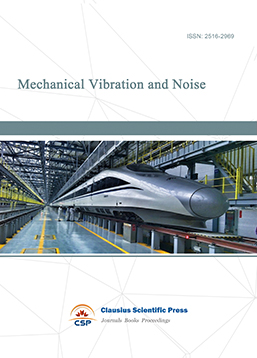

 Download as PDF
Download as PDF